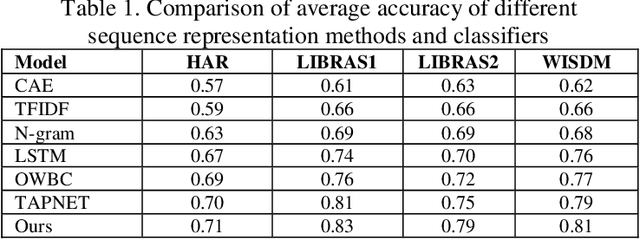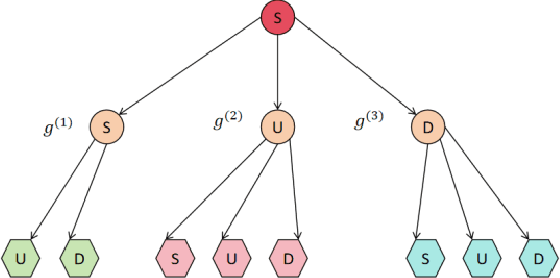Didi Yi
Data-Driven Spatiotemporal Feature Representation and Mining in Multidimensional Time Series
Sep 22, 2024



Abstract:This paper explores a new method for time series data analysis, aiming to overcome the limitations of traditional mining techniques when dealing with multidimensional time series data. Time series data are extensively utilized in diverse fields, including backend services for monitoring and optimizing IT infrastructure, medical diagnosis through continuous patient monitoring and health trend analysis, and internet business for tracking user behavior and forecasting sales. However, since the effective information in time series data is often hidden in sequence fragments, the uncertainty of their length, quantity, and morphological variables brings challenges to mining. To this end, this paper proposes a new spatiotemporal feature representation method, which converts multidimensional time series (MTS) into one-dimensional event sequences by transforming spatially varying events, and uses a series of event symbols to represent the spatial structural information of multidimensional coupling in the sequence, which has good interpretability. Then, this paper introduces a variable-length tuple mining method to extract non-redundant key event subsequences in event sequences as spatiotemporal structural features of motion sequences. This method is an unsupervised method that does not rely on large-scale training samples and defines a new model for representing the spatiotemporal structural features of multidimensional time series. The superior performance of the STEM model is verified by pattern classification experiments on a variety of motion sequences. The research results of this paper provide an important theoretical basis and technical support for understanding and predicting human behavior patterns, and have far-reaching practical application value.
 Add to Chrome
Add to Chrome Add to Firefox
Add to Firefox Add to Edge
Add to Edge